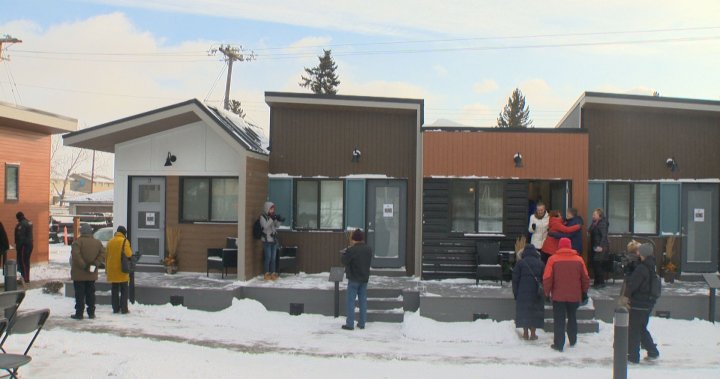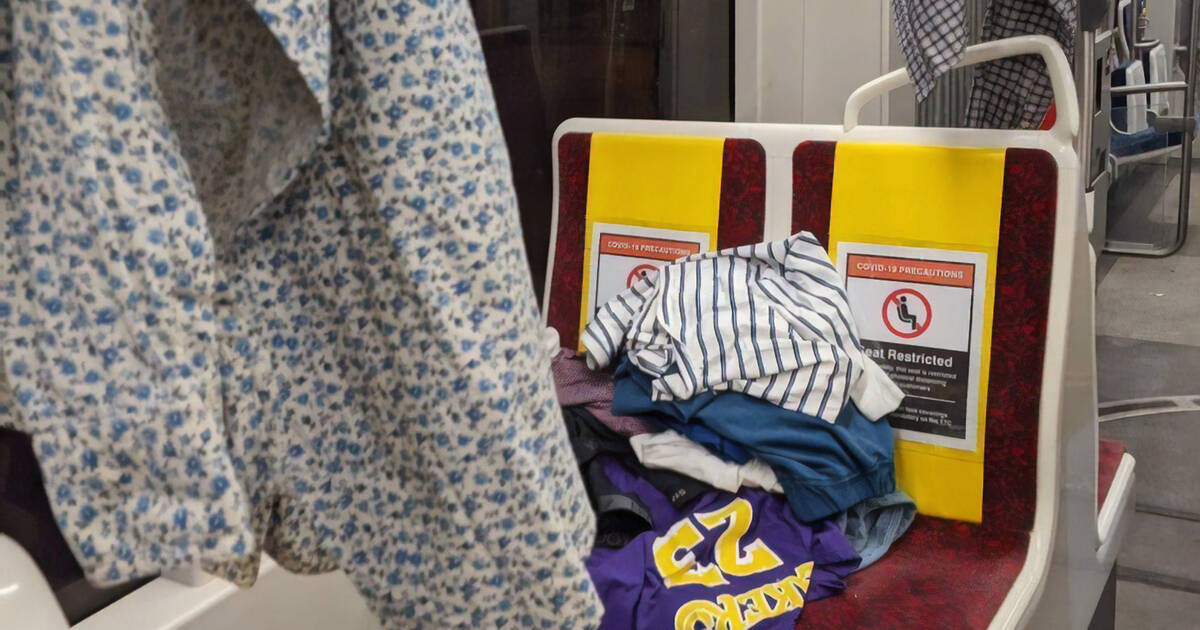Northern Light
Superstar
Though that's operating cost - capital is another matter entirely - especially in an environment where the physical availability of housing isn't there.
AoD
Yes, but........
We're adding over 2,000 shelter beds a year, at considerable capital cost as well.
****
Also, it doesn't state this, but typically the City debt-finances these investments and financing costs are part of the operating figure. That may/may not be the case with this specific citation.






/cloudfront-us-east-1.images.arcpublishing.com/tgam/TT4DBBWDSBEJNATWHA2U5OF5RI.JPG)


